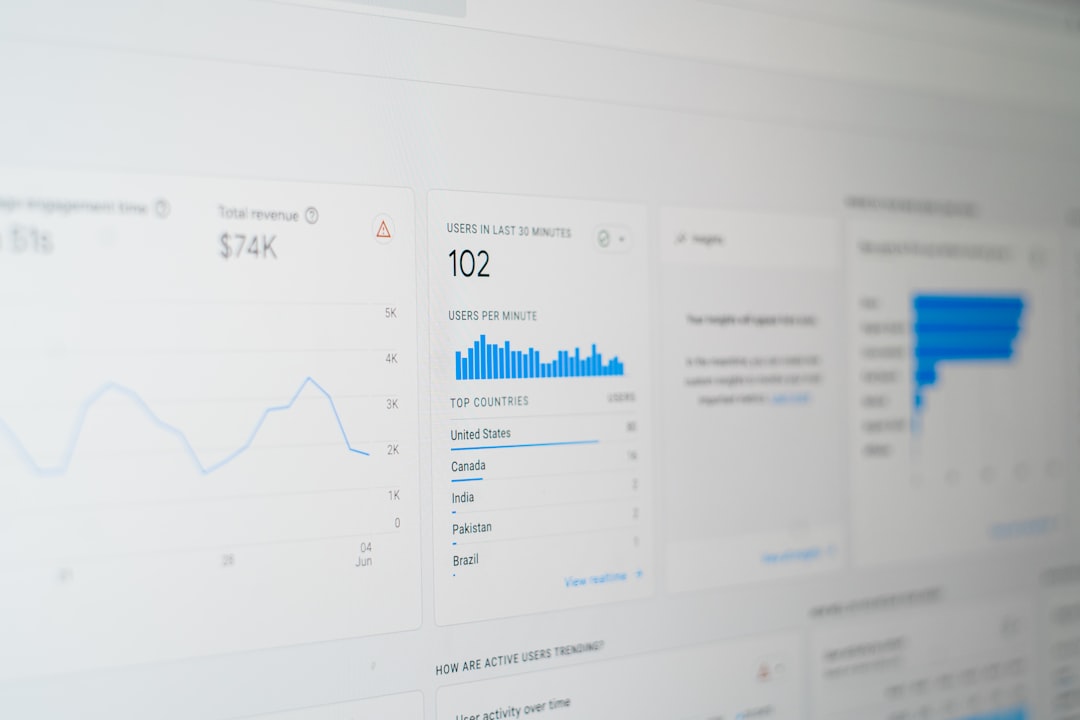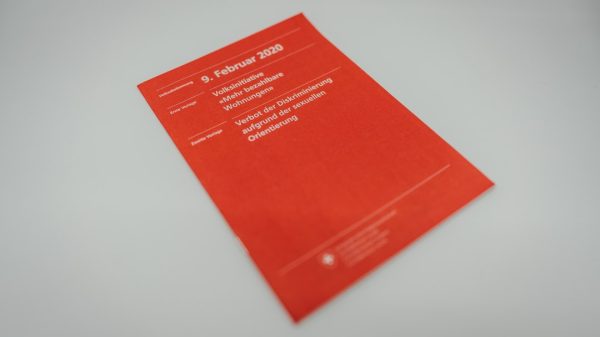In the fast-paced digital landscape of 2025, content is no longer a “publish it and forget it” asset. The days when evergreen articles could sit idle on your website for years and still generate traffic are long gone. Today, many digital marketers and content strategists face a pressing challenge: content decay. This is the gradual decline in a content piece’s organic traffic, relevance, and performance over time. Ignoring this phenomenon can leave your website bloated with outdated, underperforming assets that hurt your overall SEO health and brand credibility.
This guide takes a deep dive into the concept of content decay and introduces a practical, step-by-step refresh playbook that organizations can implement in 2025 to keep site content vibrant, relevant, and high-performing.
What is Content Decay?
Content decay refers to the gradual decline in performance of once-successful website content. This degradation happens when search rankings drop, user engagement falters, or information becomes inaccurate or obsolete. Even stellar content can fall behind as competitors release more timely and SEO-optimized pieces.
Several factors contribute to content decay:
- Search algorithm updates prioritize freshness, authority, and updated references.
- Competitor content may offer better answers with richer media, recent data, or improved structure.
- Broken links or outdated statistics degrade trust and user experience.
- Shifting consumer behavior or emerging queries change user intent over time.
The consequences of ignoring content decay include shrinking organic traffic, a weaker brand presence, and reduced conversions.
How to Identify Content Decay
Recognizing decaying content is the first step toward breathing new life into your digital assets. Here’s how to spot which posts need attention:
- Track Organic Traffic Over Time: Using Google Search Console or your favorite analytics platform, look for pages with a steady downward traffic trend over the past 6–12 months.
- Compare Rankings: Monitor your keyword positions using tools like Ahrefs, SEMrush, or Moz. A consistent slide in rank signals content decay, especially if competitor content is taking your spot.
- Audit for Relevance: Manually assess whether the content still aligns with current industry standards and search intent. Is the topic still relevant to your audience in 2025?
- Check for Technical Issues: Broken links, missing images, and slow page speed are often culprits behind a poor user experience and SEO performance.

The Content Refresh Playbook (2025 Edition)
After identifying which content is decaying, it’s time to act. Below is a proven refresh playbook tailored for today’s evolving content landscape:
1. Prioritize High-Impact Pages
Not all pages deserve equal attention. Focus your efforts on content that has historically driven high traffic or conversions. Use a combination of metrics—organic visits, backlinks, time on page, and conversion rate—to evaluate potential ROI from a refresh.
2. Reassess Search Intent
Search behavior evolves, and so should your content. Ask:
- What is the current intent behind the target keyword(s)? Informational, navigational, transactional?
- Are users looking for quick answers, in-depth guides, or visual content?
- Do SERPs show rich snippets, videos, or “People Also Ask” boxes now?
Adjust your article or page to match what users currently want to see.
3. Update Facts, Figures, and Examples
This is crucial in fields like tech, healthcare, finance, and marketing. Replace outdated statistics with data from the last 12 months. Add fresh case studies or examples from recent events to add credibility and timeliness.
4. Optimize for 2025 SEO Trends
SEO in 2025 is more sophisticated than ever before. Here’s what to consider during content refresh:
- Structured data improves visibility in Google’s rich snippets and voice search results.
- Semantic keyword optimization helps bots understand contextual meaning.
- Featured snippet formatting using bullet points, direct answers, and table formats.
- EEAT signals (Experience, Expertise, Authoritativeness, Trustworthiness) continue to play a growing role.
5. Enhance UX and Design
Great content must look as good as it reads. Refresh old, text-heavy pages with these tips:
- Use subheadings to break up large text blocks.
- Embed videos, infographics, and images to improve engagement.
- Add call-to-actions (CTAs) relevant to your latest product or service offerings.

6. Internal Linking and Canonicals
Update your internal linking strategy during each refresh. Link to newer blog posts, create topic clusters, and prevent cannibalization by consolidating overlapping articles. Use canonical tags appropriately if you merge outdated content with newer, high-performing pages.
7. Repromote Refreshed Content
Newly updated content deserves a marketing push. Announce it through:
- Email newsletters
- LinkedIn posts or Twitter threads (especially with comparison before/after stats)
- Adding #Updated2025 to market it as the latest and most relevant version
Automation and AI-Powered Tools
With advancements in AI and automation, handling content decay doesn’t have to be fully manual. Leverage the following tools:
- Content decay alert systems built into SEO suites like Surfer SEO, Clearscope, and MarketMuse.
- AI writing assistants (e.g., Jasper, ChatGPT) to update or rewrite portions of stale content.
- Performance dashboards that automatically highlight content slipping in clicks, impressions, or positions.
These tools reduce the guesswork and help busy teams focus energy where it matters most.
Measuring Success Post-Refresh
Refreshing isn’t just about ticking a box. You want to prove that it added value. Here’s how to measure success:
- Track changes in organic traffic and average position using Google Search Console
- Measure bounce rate, time on page, and scroll depth to gauge improved UX
- Monitor backlinks earned post-update
- Track conversion metrics before and after refresh
Final Thoughts: Make Content Maintenance a Habit
Just like maintaining a car or trimming a tree, content needs consistent attention. Letting your repository grow stale will drain your visibility and trust over time. Integrate content audits and refreshes into your quarterly marketing workflow. Assign content owners to sections of your site and set recurring review schedules.
The message for 2025 is clear: Creating content is just the beginning. Keeping it evergreen, optimized, and user-focused is the real long-term competitiveness factor. Don’t let your best content fade into obscurity. Proactively identify decay and breathe new life into your top performers—and you’ll see enduring results across traffic, rankings, and conversions.


































